Close menu
- Home
- Market Reports
- Product Reports
- News
- Companies
-
Topics
- Back to parent navigation item
- Topics
- Technology
- Browse all Technology >>>
-
Sustainability
- Back to parent navigation item
- Sustainability
- Boating industry comes together to develop Environmental Footprint Standard
- Custom sealing materials accelerate hydrogen roll out
- Is it a boat or plane? Could the Airfish herald a new mode of over water travel?
- Yamaha extends hydrogen competency with golf cart launch
- Browse all Sustainability >>>
- Marinas
- Browse all Marinas >>>
- Events
- Subscribe
New SA ports of entry to ease Cape Town marina congestion
> Subscriber-only, By Bobby Jordan2024-08-14T11:30:00

South Africa’s Department of Transport recently added Mossel Bay and Saldanha Bay as ports of entry/departure
SUBSCRIBER-ONLY CONTENT
To continue reading, subscribe TODAY!
Gain instant unlimited access to all IBI Plus subscriber content.
- TRIAL Subscriptions start from just £4 / €4 / $4 for your first month
- Access to global report, insights and news at your fingertips
- 100% Money back guarantee - Cancel anytime
UNLOCK ARTICLE & KEEP READING – START YOUR TRIAL SUBSCRIPTION
No commitment, cancel anytime*
Offer ends 30 April 2025
* Cancel anytime during first 4 weeks after initial payment and no further payments will be taken.
Inclusive of applicable taxes (VAT)
Already have a subscription?
- Subscribe
- Print Issues
- Topics A-Z
- Contact us
- Terms and Conditions
- Privacy Policy
- Cookie Policy
- © 2024 BOAT INTERNATIONAL MEDIA LTD.
- Members of:
-
-
-
-

- Partners with:
-
-
- © 2025 Boat International Media Ltd.
- Topics A-Z
- IBI Magazine
- Terms & Conditions
- Privacy Policy
- Cookie Policy
- Subscribe
- Contact us
Site powered by Webvision Cloud



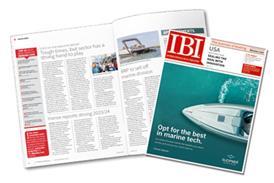
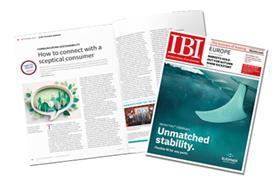

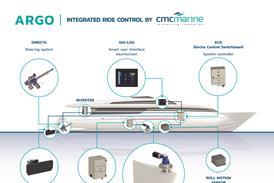

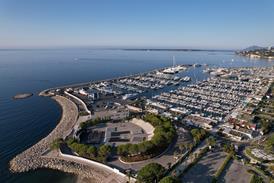
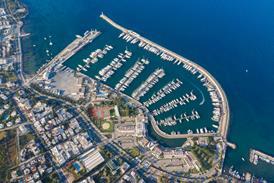
 LinkedIn
LinkedIn X / Twitter
X / Twitter Facebook
Facebook Email us
Email us



